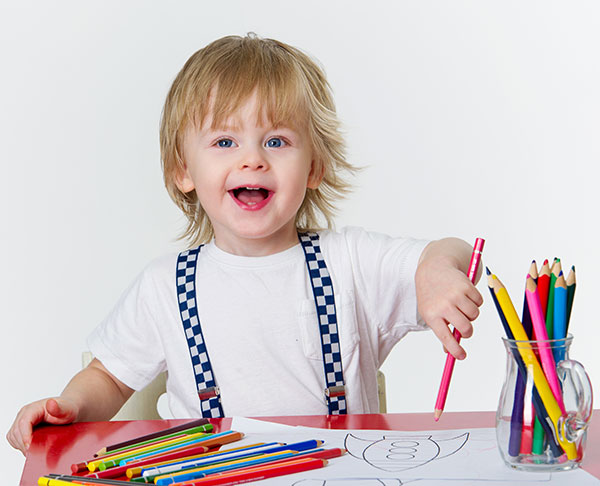Communication is the process of sharing information between people. Normal communication depends on proper language development and normal speech production. Proper language development in children requires healthy respiratory, phonatory, resonatory, and articulatory systems that are orchestrated by the central nervous system. In addition to the biological wellbeing, children need normal hearing and interactive communication environment to achieve normal language development.
Language develops at deferent levels. First, children experience development of the phonatory system, in which, they recognize and produce various phonemes in their own language, initially as babbling.
The child’s first true word appears usually around his first birthday. At the age of two, the child produces around fifty words, and starts to connect words to form sentences. At first, children produce two-word sentences (e.g. mom go). Then children experience vocabulary spurt where vocabulary develops in an accelerated manner. Gradually, sentence production develops where the child produces three-word sentences at age of three (e.g. mom no milk). Later, functional words and various grammatical forms are introduced in the child’s sentences. During this period, the child’s ability to comprehend and produce more complex sentences develop gradually.
Pre-school age children develop their phonological awareness, meta-linguistics, and cognitive abilities in order to be able to use graphemes as encoding and decoding system in reading and writing. The child continues to develop better comprehension of more complex and connected information, better thinking processing, and more creative abstract analysis.
During language development, children experience pragmatic development where their communication functions increase with time. They improve their request abilities, they develop the literal and conceptual meaning of words and sentences, and their use of language enables them to meet their cultural requirements.
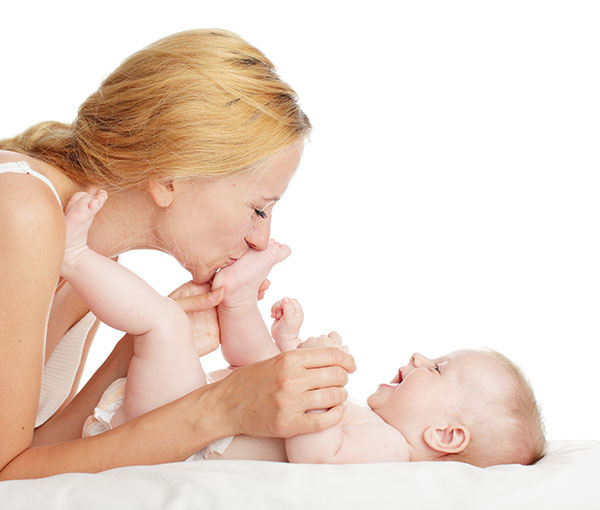
- Makes lots of different sounds
- Laughs, gurgles, coos with familiar people
- Reacts to loud, angry, and friendly voices
- Turns and looks at new sounds
- Cries for attention
- Responds to name and pets image of self in mirror
- Produces four or more different sounds
- Frequently uses syllables ba, da, ka
- Transfers objects from one hand to another
- Listens to own vocalizations and those of others
- Says “mama” and “dada”
- Shouts to attract attention
- Uses jargon (babbling that sounds like real speech)
- Says a syllable or sequence of sounds repeated
- Recognizes his own name
- Says 2-3 words besides “mama” and “dada”
- Understands simple instructions
- Recognizes words as symbols for objects: car-points to garage, cat-meow
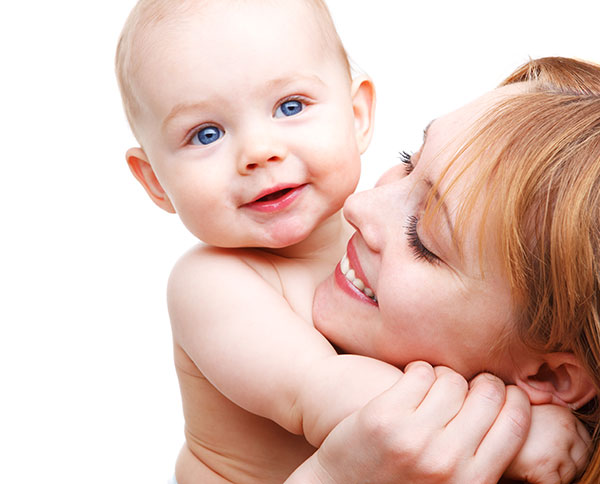
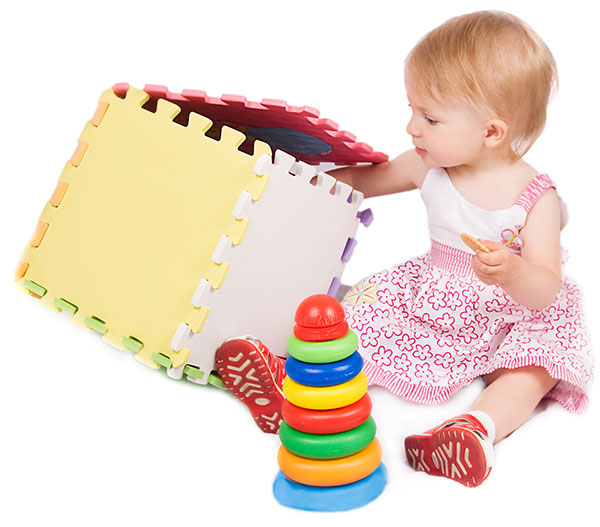
- Uses 10 to 20 words, including names
- Hears well and discriminates among many sounds
- Recognizes pictures of familiar persons and objects
- Combines two words such as “all gone”, “daddy bye-bye”
- Uses words to make what he wants known such as “more”, “up”
- Imitates words and sounds more precisely
- Points and gestures to call attention to an event or to show wants
- Brings familiar object from another room when asked
- Follows simple commands
- Knows and says the names of 5 things
- Understands simple questions and commands
- Carries on “conversation” with self and dolls
- Asks “what’s this?”, “what’s that?” and “where’s my?”
- Sentence length is composed of 2-3 words.
- Names pictures
- Uses two word negative phrases such as “not go”, “not right”, “no want”
- Has around 300 words in speaking vocabulary.
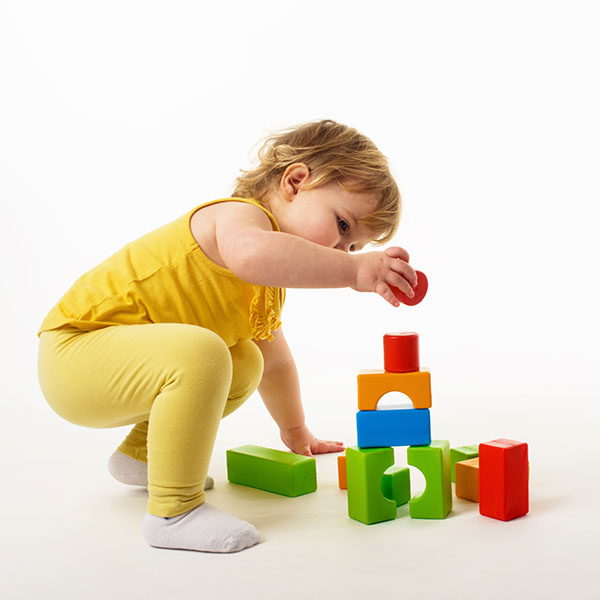
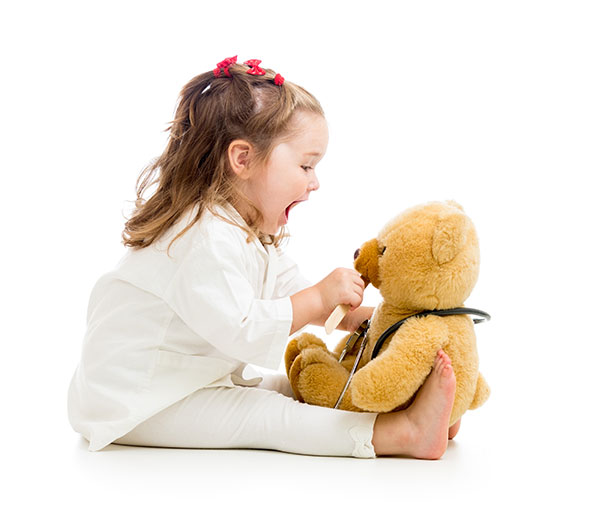
- Understands “yesterday”, “summer”, “lunchtime”, “tonight”, “little-big”
- Begins to obey prepositional phrases like “put the block under the chair”
- Frequently practices by talking to himself
- Can tell a story or relay an idea to someone
- Has a sentence length of 3-4 words.
- Has a vocabulary of nearly 1000 words.
- May repeat sounds, words and phrases
- Asks “what-questions” frequently
- Follows and participates in a simple dialogue
- Answers yes-no questions
- Repeats a simple story
- Initiates a conversation
